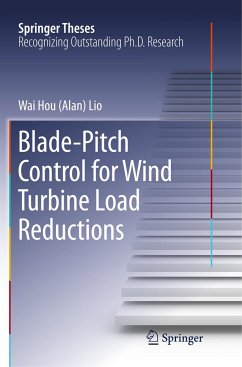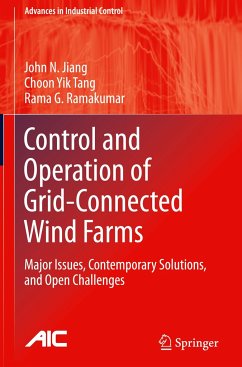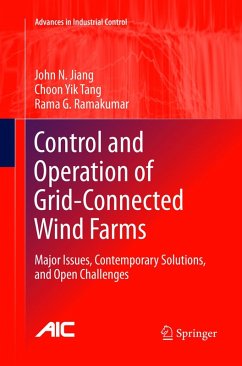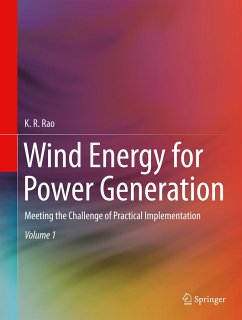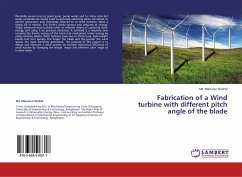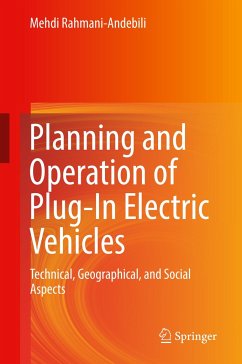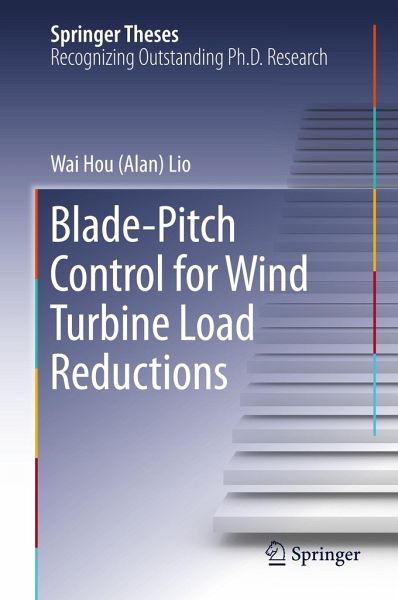
Blade-Pitch Control for Wind Turbine Load Reductions
Versandkostenfrei!
Versandfertig in 6-10 Tagen
91,99 €
inkl. MwSt.
Weitere Ausgaben:

PAYBACK Punkte
46 °P sammeln!
This thesis investigates the use of blade-pitch control and real-time wind measurements to reduce the structural loads on the rotors and blades of wind turbines. The first part of the thesis studies the main similarities between the various classes of current blade-pitch control strategies, which have to date remained overlooked by mainstream literature. It also investigates the feasibility of an estimator design that extracts the turbine tower motion signal from the blade load measurements. In turn, the second part of the thesis proposes a novel model predictive control layer in the control a...
This thesis investigates the use of blade-pitch control and real-time wind measurements to reduce the structural loads on the rotors and blades of wind turbines. The first part of the thesis studies the main similarities between the various classes of current blade-pitch control strategies, which have to date remained overlooked by mainstream literature. It also investigates the feasibility of an estimator design that extracts the turbine tower motion signal from the blade load measurements. In turn, the second part of the thesis proposes a novel model predictive control layer in the control architecture that enables an existing controller to incorporate the upcoming wind information and constraint-handling features. This thesis provides essential clarifications of and systematic design guidelines for these topics, which can benefit the design of wind turbines and, it is hoped, inspire the development of more innovative mechanical load-reduction solutions in the field of windenergy.



